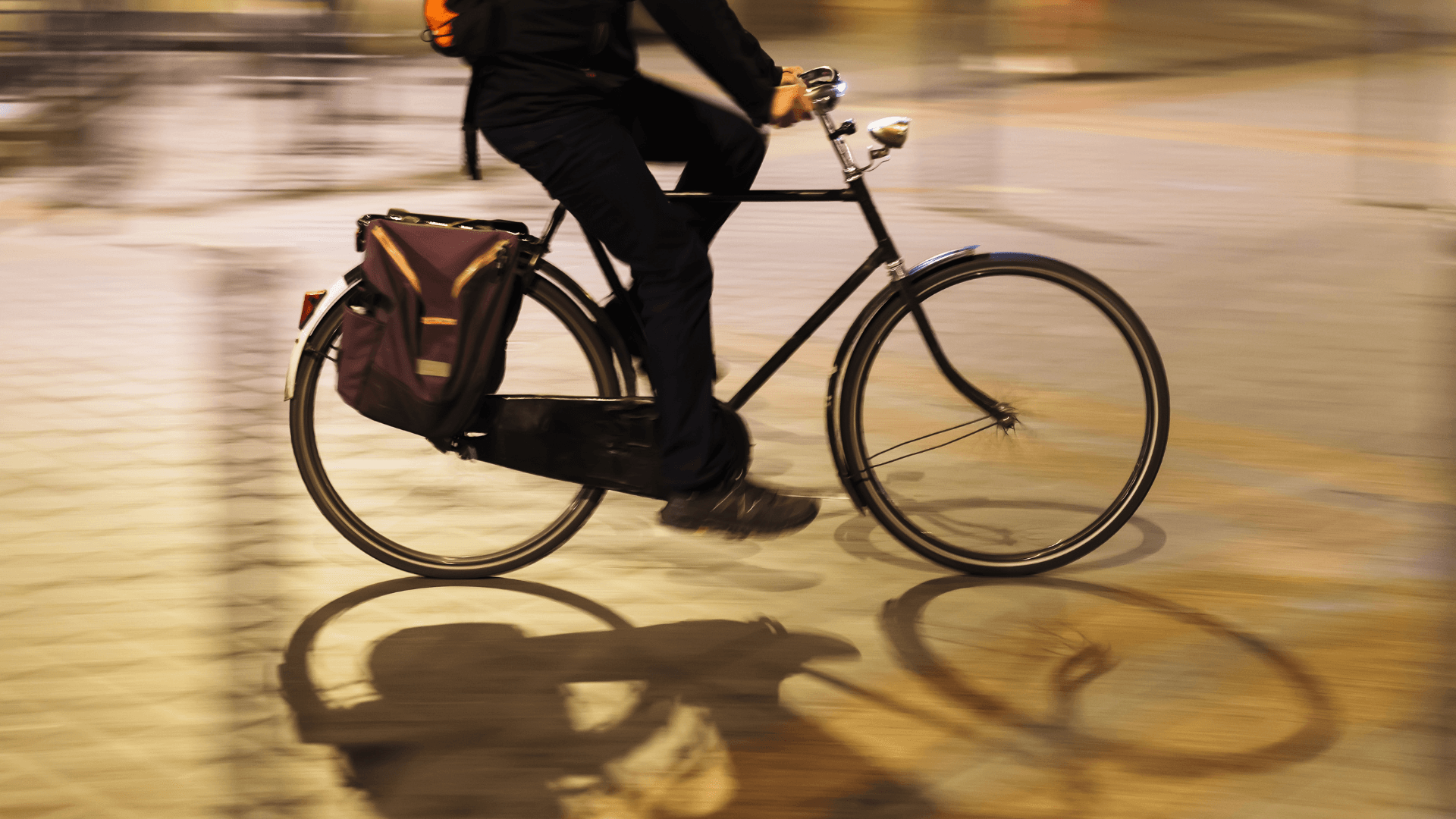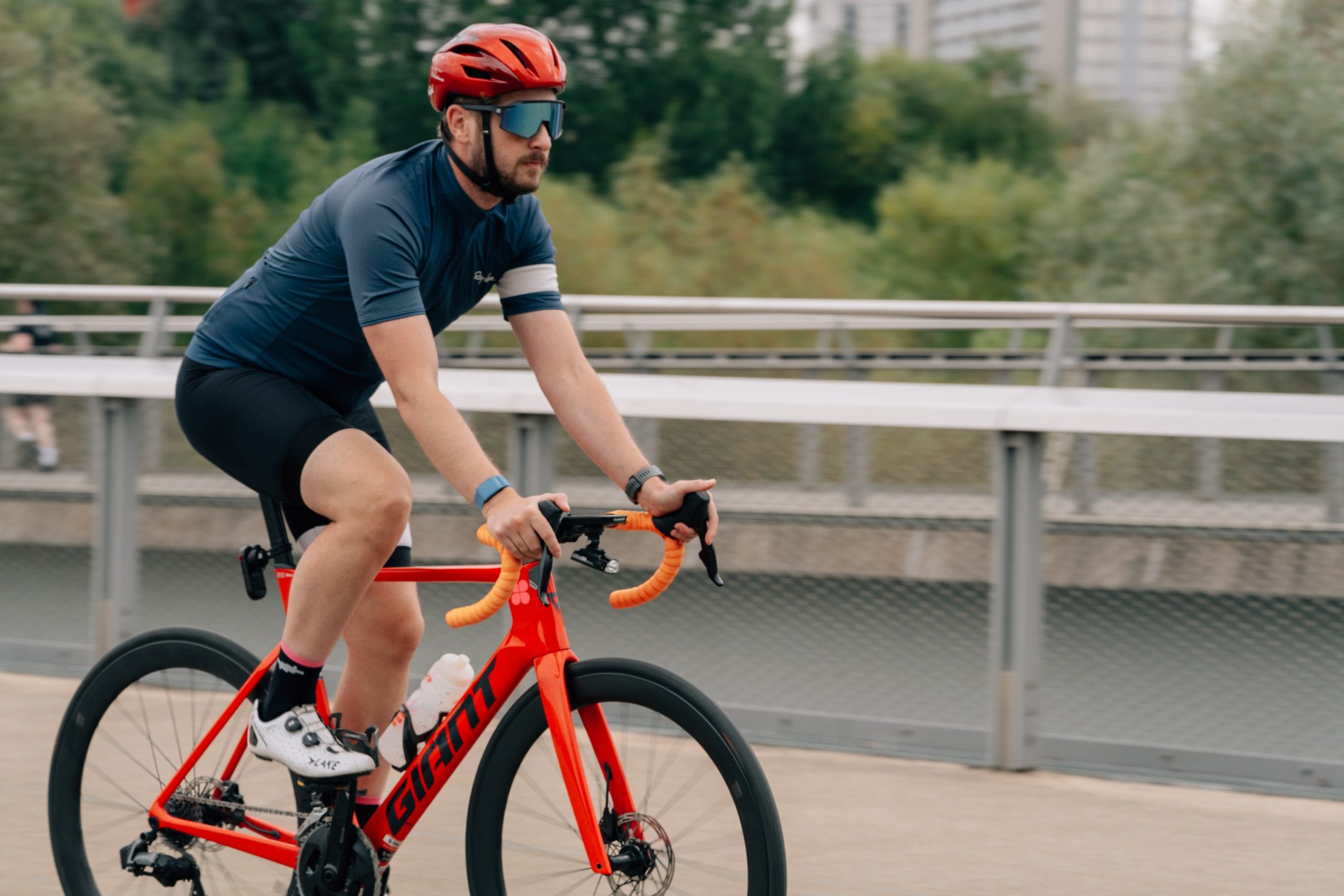How To Get The Most Out of Cycling in Winter

Pure Sports Medicine
- 19 October, 2019
- Cycling
- 5 min read
How to get the most out of cycling in Winter
With darker mornings and rainy days, it can be hard to stay motivated when it comes to cycling. Read this blog for winter bike tips indoors and outdoors.
Waking up in the dark and taking a look outside to see a cold, wet day emerging doesn’t make cycling the most inviting of activities. However, that doesn’t mean you can’t enjoy time on your bike in the winter. Here are some helpful tips to lessen the shock of winter training, whether you’re hitting the soggy pavements or training indoors. First up let’s look at how you can make the most of training outdoors during winter.
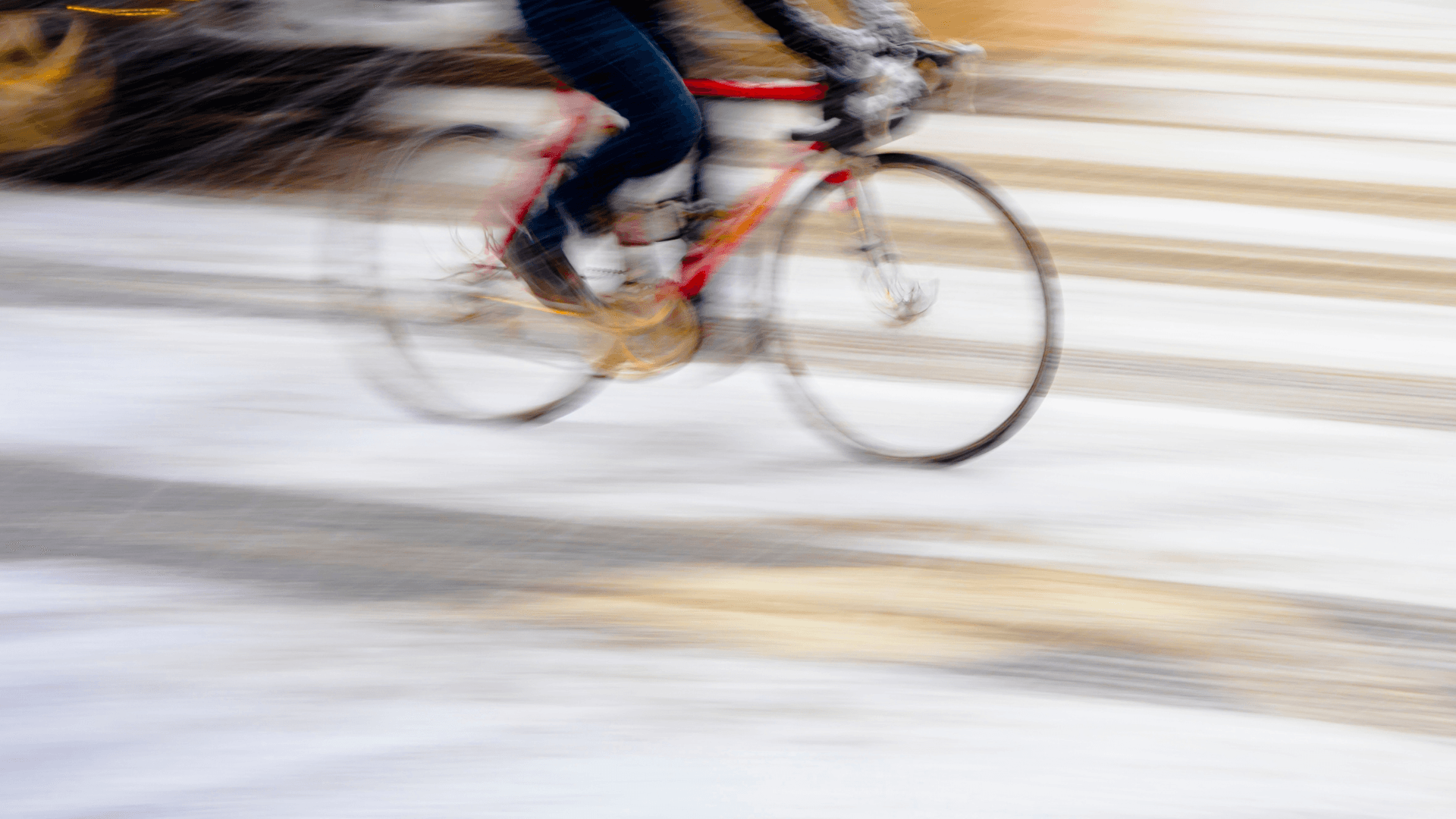
Outdoor Cycling
Let's take a look at your kit
Getting the right kit is imperative, not only to keep you warm and dry but to be visible. The right layering system is so important, too much non-breathable clothing can make you sweat excessively but the right garment can keep you warm and dry. A general rule of thumb is if you’re heading out for a medium-range hard cycle, feeling cold for the first few minutes is ok. You will warm up the garment and stay well regulated throughout the ride. For a more leisurely cycle add another breathable layer.
A good Merino layer under fast-wicking lycra is a good bet and try using arm warmers at the start of a ride, these are removable if you overheat. Good quality cycling leggings will keep your legs warm, you don’t need two layers there. Also, a reflective gillet is a great extra layer acting as a windbreaker and a life-saving visual tool. Invest In good gloves and overshoes that protect your hands and feet from the wet and wind as these are the areas that get cold first, you can find reflective versions of these too.
Warm clothes will keep your muscles, ligaments and joints away from lower temperatures and we all know that a good warm-up will reduce your chances of injury and pain. Be sure to spin lightly for 5-10 minutes as your body warms then you can crank up the watts.
Dress your bike
Mudguards can save your bum and back from the spray of the road and protect the face of the person behind you too. Use good standard winter tyres with good grip and higher puncture resistance, running around 80-90 PSI. Punctures on a cold dark morning are not fun.
Good quality high-lumen lights are important even if you think you’ll be back before night time, it increases your visibility in all light conditions. Lights that sit on top of your helmet make you even more visible on a commute.
Make sure your winter bike is washed regularly, the combined effects of mud, grit and rain will have a corrosive effect. A clean chain will improve the efficiency of your ride and clean brakes will help you slow down. Use wet winter chain lube rather than dry lube for best results
Make a fuelling plan
For longer rides where cold may be a factor, you will burn more calories just by keeping warm. Solid foods will become harder and therefore harder to eat, try jellies as an alternative. Energy drinks and high-calorie foods are good, try to vary solids and jellies/gels to keep your stomach happy and try to stick to a routine each time you ride. Aim to take some energy on board every 20 minutes to avoid the dreaded ‘bonk’ if you’re heading out for a long or strenuous ride.
Follow the above advice and you should be able to stay motivated and safe while cycling outdoors in winter. If you’re finding it hard to keep yourself motivated, try joining a group to keep morale up and on longer rides locate a warm café to refuel before setting off.
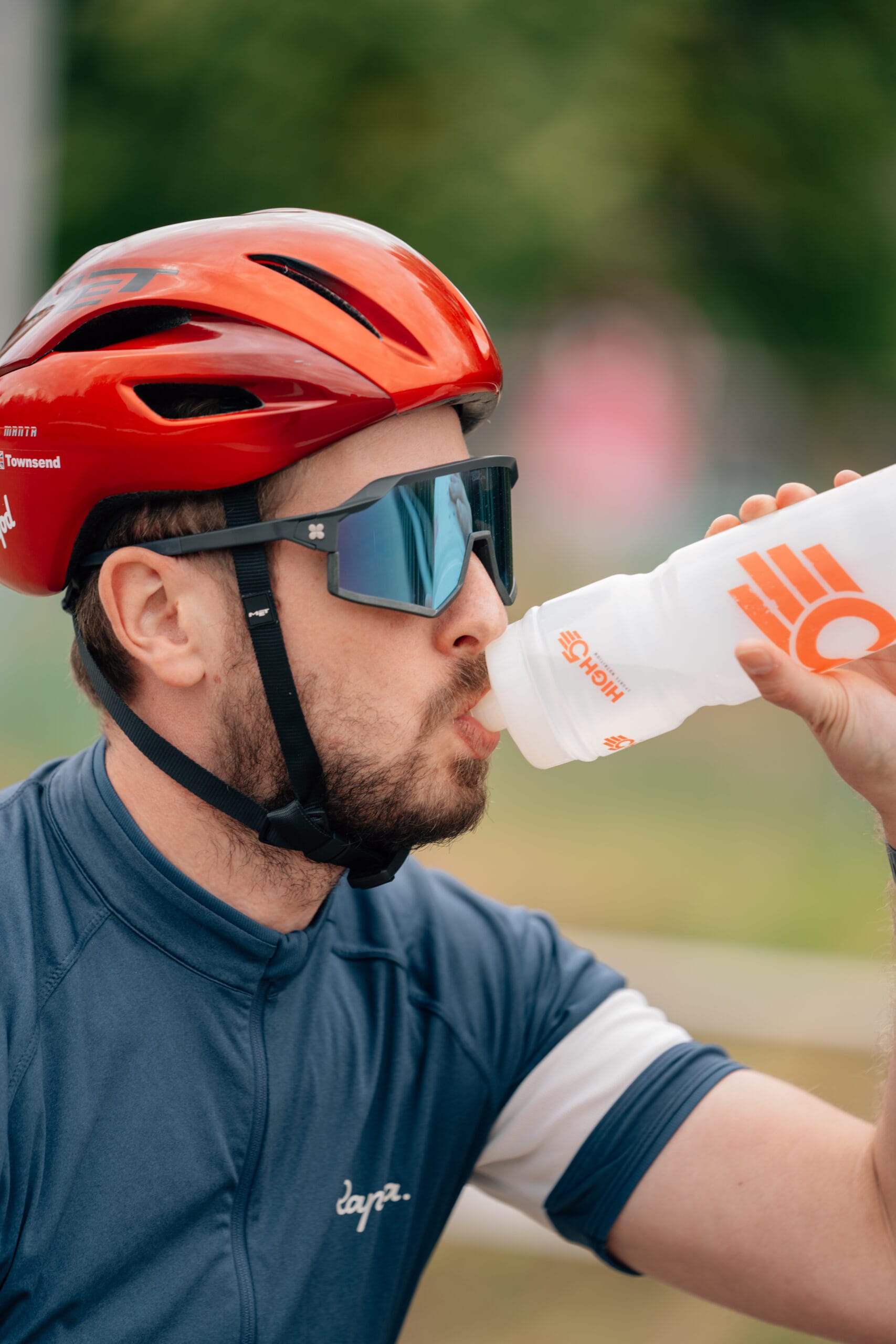
Indoor Cycling
If the weather is just too much to bear then there are plenty of options when it comes to indoor training.
Many riders also use this time of the year to work on sorting out niggling injuries or building up other areas that have been neglected during the season. Here’s a quick look at what you can do to get the best out of indoor training during the winter months.
Dust off the Turbo Trainer
While some people view them as the antithesis of cycling they can be an invaluable tool for building cycle-specific fitness indoors. You can make great fitness gains with a well-structured turbo training programme of even 3 short/sharp sessions per week. It is very time efficient and can allow you to focus on specific attributes you may wish to improve – leg speed and cadence, strength, functional threshold power, and body positioning. There are now many apps that can help to structure training such as Trainer Road or even turn the whole thing into an online cycling game with Zwift.
Try out a spin class
If you feel you need some external motivation and moral support then getting down to your local gym and trying out some spinning classes can be a fun (albeit gruelling) way to keep on top of your fitness.
Work on your strength
Some people call it ‘off-season’, the rest of us call it winter, but either way this is a really good time to see if you can work on building strength in key areas to improve performance. Top of the list should be quads, hamstrings and glutes as these are your powerhouses for cranking out the watts.
Sort out your flexibility
If there are limitations in your mobility they can massively influence your position on the bike. There can be a number of knock-on effects from making you less aero, and less comfortable to even more prone to developing injuries. My target areas for most cyclists are the hamstrings, hips, and lower and upper back. Foam rollers can make a useful, if painful, ally to your quest for better flexibility.
Address niggling injuries
If you have had injuries blight your last summer rides, holidays, or training then now is the time to get on top of them. Dust off the rehab program your physio gave you or, better yet, get back in to re-assess the problem and create a new individualised program for how you will overcome it.
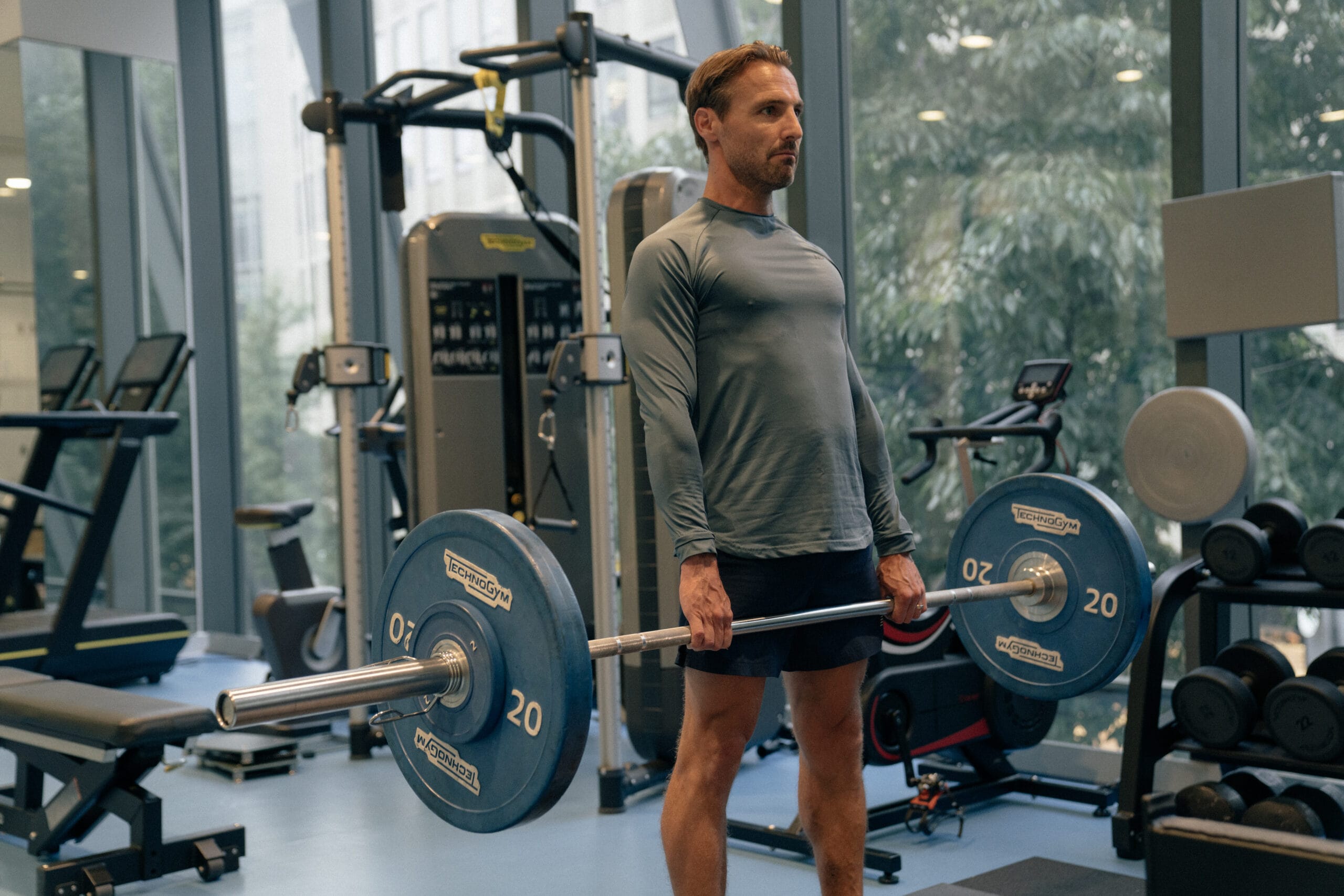
Are you planning on cycling during the colder months? Being prepared is the best thing you can do for yourself to allow for enjoyable, injury-free, winter rides. We can help you from how to set up your bike to recommending winter accessories and fuelling plans. Click the button below to find out how we can help you get the most out of your bike this winter.

Advice
Over the last 20+ years our experts have helped more than 100,000 patients, but we don’t stop there. We also like to share our knowledge and insight to help people lead healthier lives, and here you will find our extensive library of advice on a variety of topics to help you do the same.
OUR ADVICE HUBS See all Advice Hubs